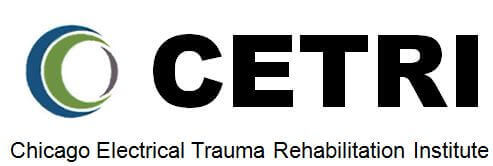While it is common to confuse the terms "electrocution" and "electrical injury," electrocution is considered as "electrical injury + death" while those who do not experience death are considered to have an electrical shock or an electrical injury. Contact with electric current is the fourth leading cause of work-related deaths - after falls, transportation incidents, and contacts with objects and equipment. In a 1998 study, five scenarios characterized the majority of the incidents resulting in death as:
- direct worker contact with an energized equipment line
- direct worker contact with energized equipment,
- boomed vehicle contact with an energized power line
- improperly installed or damaged equipment
- conductive equipment contact with an energized power line. (McCann et al. 2003)
The major types of electrical equipment involved in energized equipment deaths were electrical control panels, switching equipment, transformers, circuit breakers, and junction boxes.

Equipment that is not properly grounded can cause severe electrical injury or electrocution. Without proper grounding, a 120 V conductor might contact a metal enclosure or casing and not operate any circuit protection. In this case, there would be only a high resistance pathway to the ground from the enclosure, namely, the worker in question. A metal enclosure resting on a table, floor, or the earth would not be well-grounded, electrically speaking. The metal enclosure would be at 120 V with respect to the ground. A person simultaneously contacting the enclosure or casing and a grounded object, such as a grounded electrical device or plumbing, could then provide a path for current through his or her body from the faulted equipment to ground.
